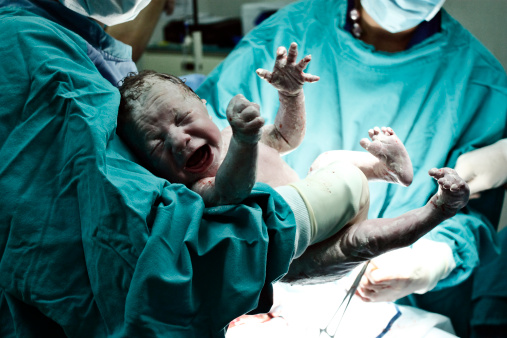- James WD, Elston DM, Berger TG, Andrews GC, et al. (2006). Andrews' Diseases of the Skin: clinical Dermatology. Saunders Elsevier. pp. 308–311. ISBN 978-0-7216-2921-6.
- "Vaginal Candidiasis". Fungal Diseases. United States: Centers for Disease Control and Prevention. 13 November 2019.
- "Candida infections of the mouth, throat, and esophagus". Fungal Diseases. United States: Centers for Disease Control and Prevention. 13 November 2019.
- "Candidiasis". Fungal Diseases. United States: Centers for Disease Control and Prevention. 13 November 2019. Retrieved 24 Dec 2019.
- "Risk & Prevention". cdc.gov. February 13, 2014..
- "Treatment & Outcomes of Oral Candidiasis". cdc.gov. February 13, 2014.
- "Oral Candidiasis Statistics". cdc.gov. February 13, 2014.
- "Genital / vulvovaginal candidiasis (VVC)". cdc.gov. February 13, 2014.
- "Symptoms of Oral Candidiasis". cdc.gov. February 13, 2014.
- "Thrush in men and women". nhs.uk. 9 January 2018.
Candidiasis, Thrush: How To Get Rid Of Oral Candidiasis And How To Treat It

Photo source: Getty images
Most common symptoms
Show more symptoms ᐯ
How to get rid of oral candidiasis and thrush?
Show moreCandidiasis is treated by
Other names
Candidosis, moniliasis, oidiomycosis












